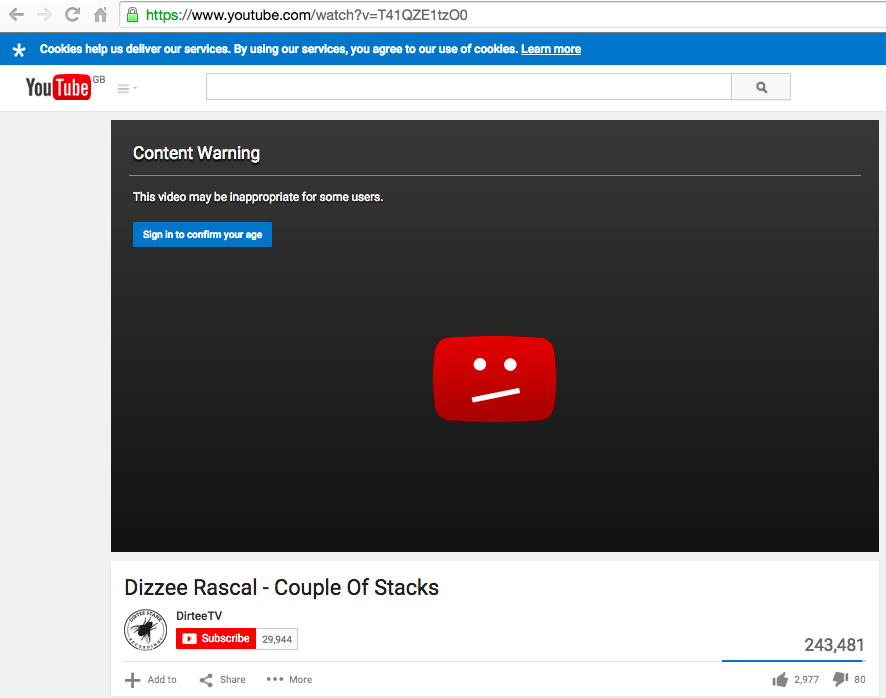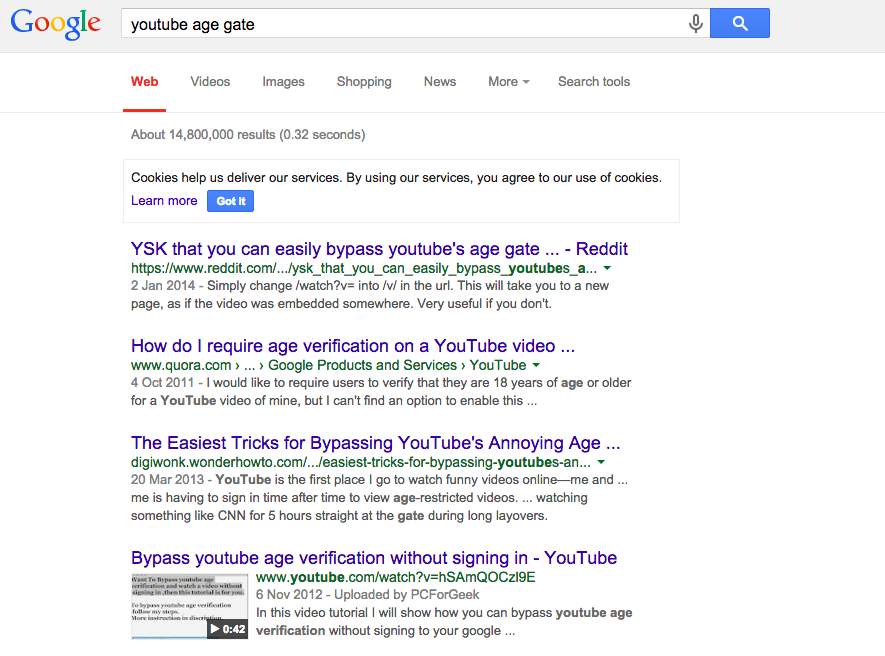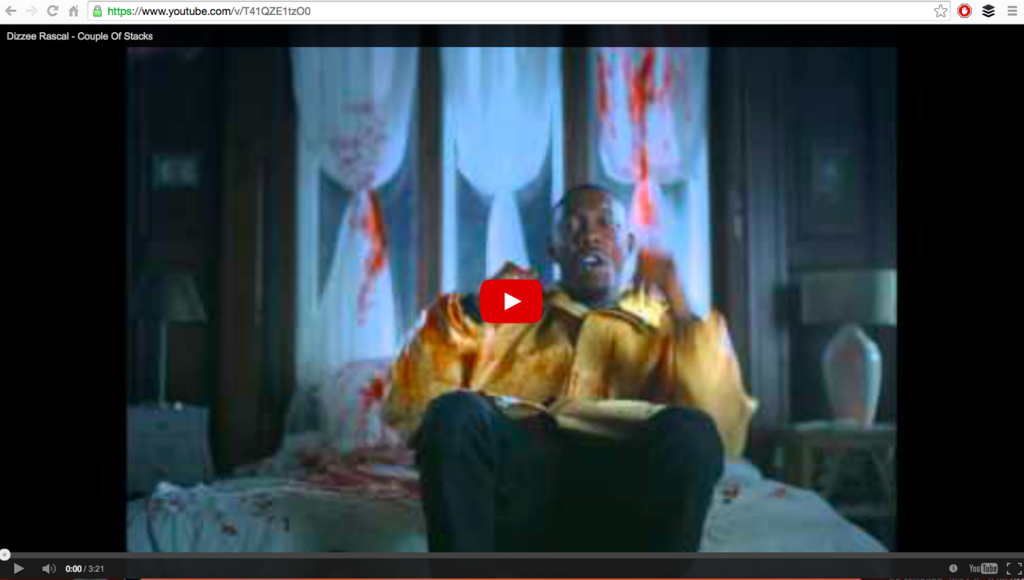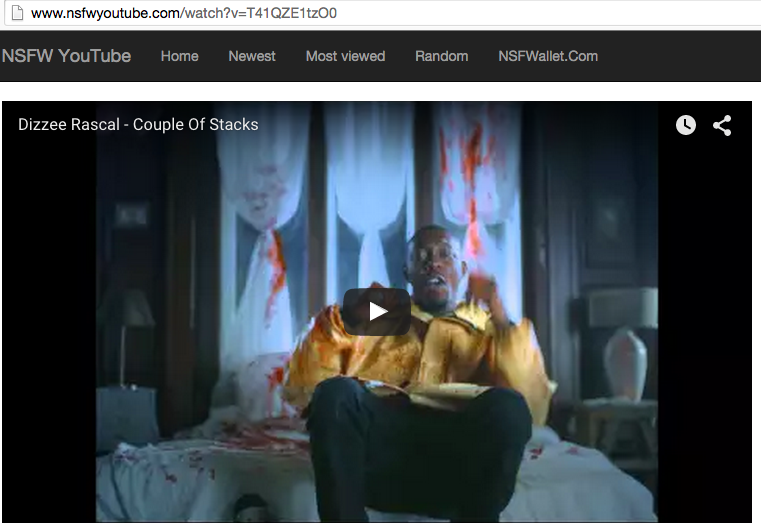This morning the government announced it was taking "further action" to "protect children from viewing inappropriate music videos" online.

Following what it called a successful pilot scheme, the government will work with the UK music labels and Vevo to ensure that music videos are labelled with age ratings (12, 15, or 18) depending on the language and imagery used. This follows an election promise by the Conservatives to "stop children's exposure to harmful sexualised content online".
However, this scheme only extends to UK artists. That means it would not include "Wrecking Ball" by Miley Cyrus.
The Times reported that children would be "blocked" from watching inappropriate videos online.
When asked whether the government wanted to alert users to inappropriate videos or actually stop children watching them, a spokesperson for the Department for Culture, Media and Sport said: "Both. YouTube puts videos with 15 or higher rating behind an age gate and Vevo has committed to look to support age controls to ensure that explicit content is watched only by age-appropriate audiences."
However, these blocks can be easily overridden with a few simple steps.
Here's how it works: YouTube applies an "age gate" on videos by UK artists classified as suitable for 18s and over.

It determines your age via your YouTube account, which is connected to your Google profile. For videos classified 18, users will be unable to watch them if they have not signed in. But it's really simple to get around.
Google "YouTube age gate" and you'll find a bunch of sites telling you how to get around the age restriction.

BuzzFeed News signed out of Google to replicate the age gate. But a quick change to the URL – deleting "watch=" and replacing a "?" with "/" – takes you straight to the video.

And if you can't be bothered with that, just add the letters "nsfw" before the URL, and boom, you can watch the video. It's that simple.

There are also slightly more technical routes, such as using a VPN to reroute your connection through a different server, perhaps to one in another country – and these are known to MPs.
Myles Jackman, a lawyer, said the policy patronised parents into thinking that this basic restriction works and that it encouraged young children to learn how to evade blocking software.
Jackman, who specialises in freedom of speech, said: "It is ridiculous and patronising that we are treating adults like children when children can obviate the simplest of controls because they are technologically literate and it is simply inculcating the understanding of how to avoid detection, making censorship a ridiculous falsehood.
"What parents need is not blocking software, it's a conversation with their children and that's what they're most scared of.
